Bwindi Impenetrable National Park
In April 1993, The Mubare gorilla the group was the first to become available for tourism in Uganda, it’s great news that more than nine groups are now habituated to tourism, and one group for research. Scattered over a series of steep ridges and valleys, the impenetrable forest is a home of 5 unique rivers, flowing into Lake Edward. The Park is located in southwestern Uganda at the extremity of the Rift Valley, with almost 400 species of plants. More famously, the Bwindi forest also protects estimated 600 mountain gorillas – marking up roughly half of the world’s population, with many habituated mountain gorilla groups, easily tracked. This biologically diverse region is also home to 120 mammals, including several primate species such as red-tailed monkeys and chimpanzees, elephants, and more antelopes. The park harbors over 350 bird species with about 23 Albertine Rift endemics. Bwindi is believed home to 220 butterfly species with the most eight Albertine rift endemics. Also home to many reptiles.
Activities
Gorilla Tracking
A gorilla tracking safari in Bwindi Impenetrable National Park is a lifetime dream for almost every traveler and has been classified by many adventurers as the best wildlife experience on this planet. The face to face with the mountain gorillas in their natural habitat, witnessing the absolute gentleness of the giant silverbacks, infants, and juveniles the mighty nature entertainers incredibly brings up an unforgettable experience. Gorilla trekking begins at 8 AM every day with a briefing after which groups of a maximum of eight enthusiastic Tourists trek into the mysterious jungle accompanied by experienced ranger guides and a team of advanced trackers, this can last anywhere from 1 hour to 8 hours depending on where the mountain gorillas will be. as you challenge yourself in the jungle you are chanced to feed your eyes with several other fauna and flora species along the way culminating in 60 awe minutes in the company of one of habituated mountain gorilla families.


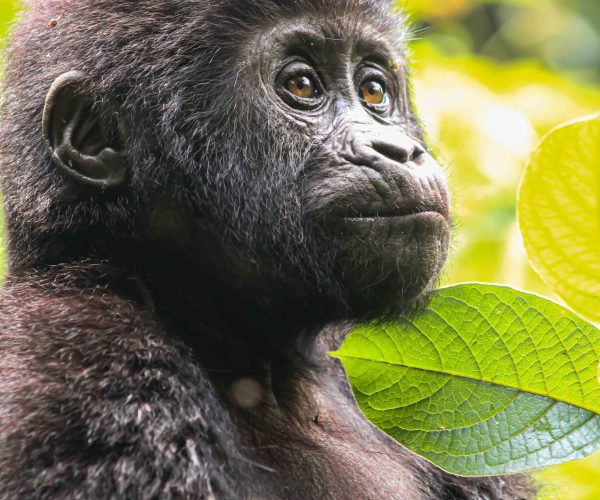

Gorilla Habituation
Unlike gorilla trekking, the habituation requires following one of the families that are in the process of being accustomed to tourist visits. Habituation is essential in ensuring that the families are made relatively used to tourist visits for their safety reducing their shyness. The experience requires 4 tourists that will spend more time with the family of gorillas (a total of 4 hours is allowed) as our team of rangers and researchers perform their daily tasks of grooming the family.

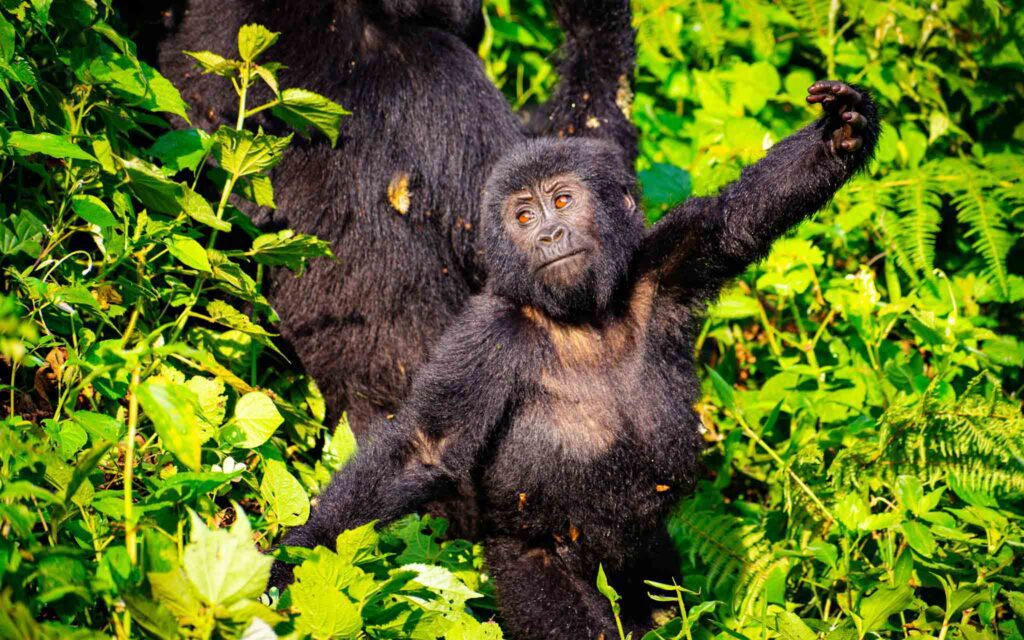

Forest/Nature Walk
Enjoying the cool breath and uncountable jungle calls are the true rewards of nature in this UNESCO world heritage site. A ranger is allocated to move around with tourists since it's still a national park with wildlife for safety measures, rich in streams and waterfalls, tourists can easily bask in this home away from the environment, Butterfly species and other invertebrates, birds, primates, and vegetation can also, be sighted.
Birding
With at least 23 Albertine rift endemics and over 351 bird species, Bwindi Impenetrable National Park is a favorite spot for birders, with its sheer diversity. Birding trips are led by one of the expert guides along the trails through this ancient forest. Tourists may be lucky to spot some of the park’s other wildlife and this is what makes Bwindi and Uganda’s birding safaris even more interesting.
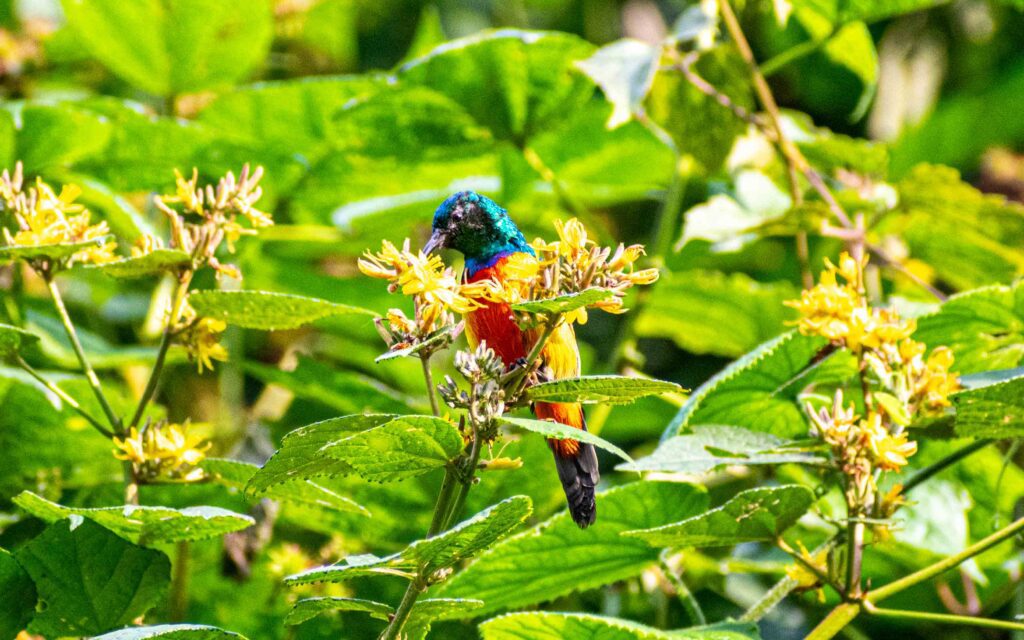



. Community Visits
The Bakiga and Batwa people are immediate neighbors of Bwindi, both fascinating groups of People with unique traditions. Enjoying the traditional dances, and storytelling skits, way of living, ironsmith can be any in the Cultural tours. Community tours can either be held the day before your gorilla trek or after and can be the Much-needed cherry on the cake to crown off an unforgettable encounter with the great apes of the impenetrable forest.
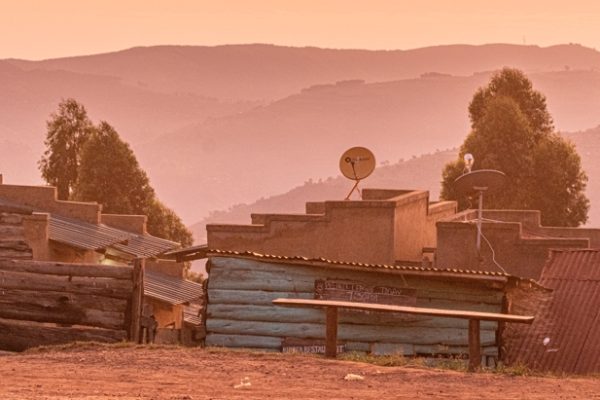

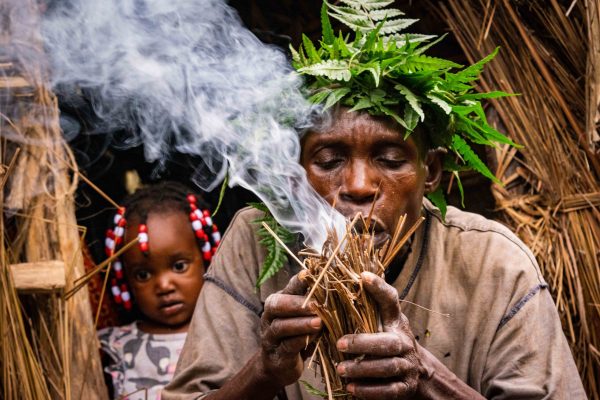

HOW TO GET TO THE PARK?
Getting to Bwindi impenetrable forest national park can be by air transport or road transport. By air, travelers can get to Bwindi by using chattered flights from Kajjansi airstrip or Entebbe international airport to Kisoro airstrip or Kihihi airstrip and 4*4 vehicles recommended while connecting to the destined locations. By road travelers can get to bwindi by driving from Kampala via masaka, Mbarara, Ntungamo-Rukungiri, Kabale or Kisoro which are the easiest used routes, this can cost you about 8 hours. Travelers from Kigali can access Bwindi impenetrable forest national park by using Katuna border in Kabale or Cyanika border in Kisoro.
